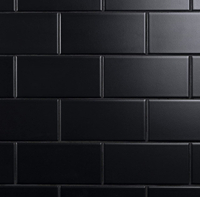It's grout, but reinvented - 5 ways this detail can be the unexpected star of your decor
Modern grout can be used to create a feature out of a functional necessity with these dynamic new decorating tricks for kitchens and bathrooms


Let’s face it, grout is pretty low down on the list of things to get excited about when planning a bathroom or kitchen renovation. But just like any functional element of design, it presents a design opportunity.
Designers are more and more ditching the utilitarian white paste in bathrooms and kitchens and getting creative with pleasing tile and grout color combinations and supersizing grout lines - a simple change that can create real impact on a budget. ‘Grout can work magic for making a bathroom feel special,’ insists Barrie Cutchie of BC Designs.
We’ve put together a handy guide to grout lines to convince you that he’s right and that grout is can be turned into an aesthetic element of your kitchen or bathroom design.

Oonagh is a homes writer and editor who spends her day talking to industry experts to find out what's trending. For this story, she's spoken to those in the know to find out how to embrace grout in the kitchen and bathroom.
What are the different types of grout?
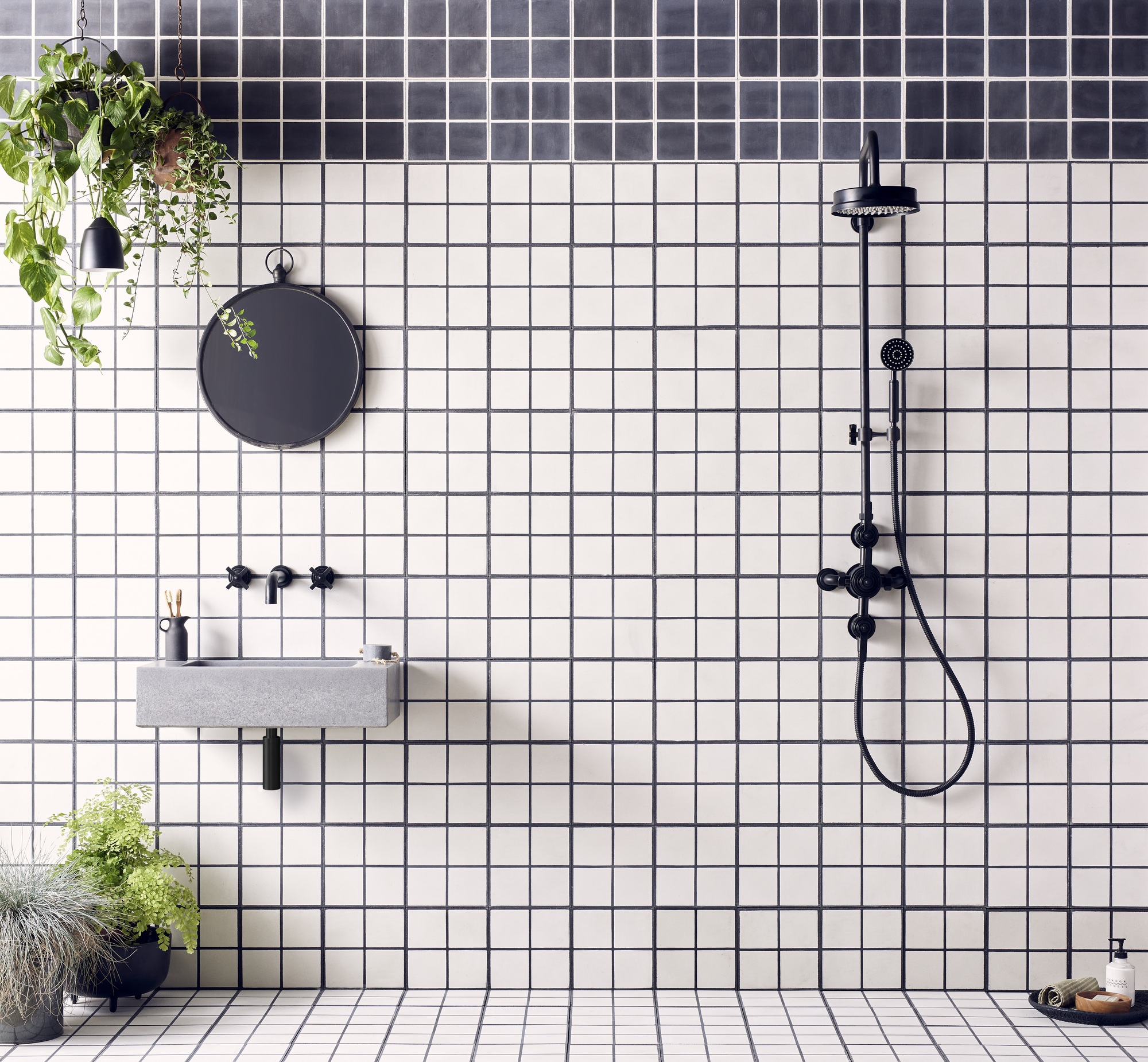
Firstly, it’s crucial to get your head around the types of grout and what might work for your bathroom or kitchen tiles. Sanded and unsanded cement-based, epoxy, and caulking grout are the main types. The latter is good for those quick-fix DIY jobs, with a special tool that helps dispense the caulk and fix any broken down grout.
Meanwhile, cement is the most popular within the home, easiest to use, and cheap. Finally, epoxy grout is water-resistant, and works like a sealing adhesive so requires no sealing and is great for floor tiling where you need that extra level of protection.
What is the difference between sanded and unsanded grout?
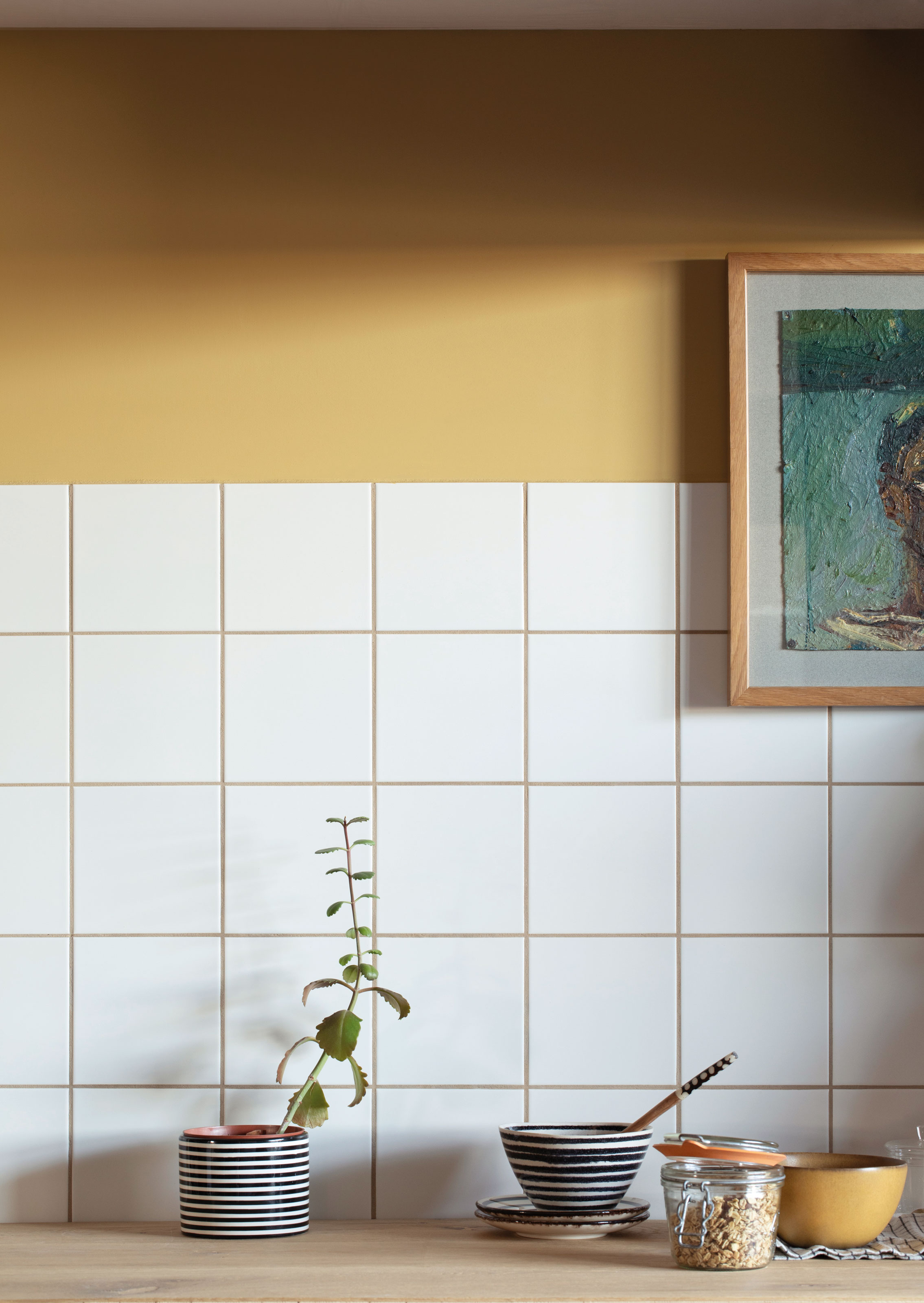
The difference between sanded and unsanded cement grout is that sanded has a larger grit. If you try and use sanded grout for a tiling project with tight joints, you will run into problems as it’s harder to work large gritted grout into small spaces.
If using cement grout, you must ensure the tiling is treated beforehand and seal it afterwards, and if you want to add pigment to your grout for some exciting tile and grout color combinations, it’s as simple as adding them in at the mixing stage.
When to use colored grout lines
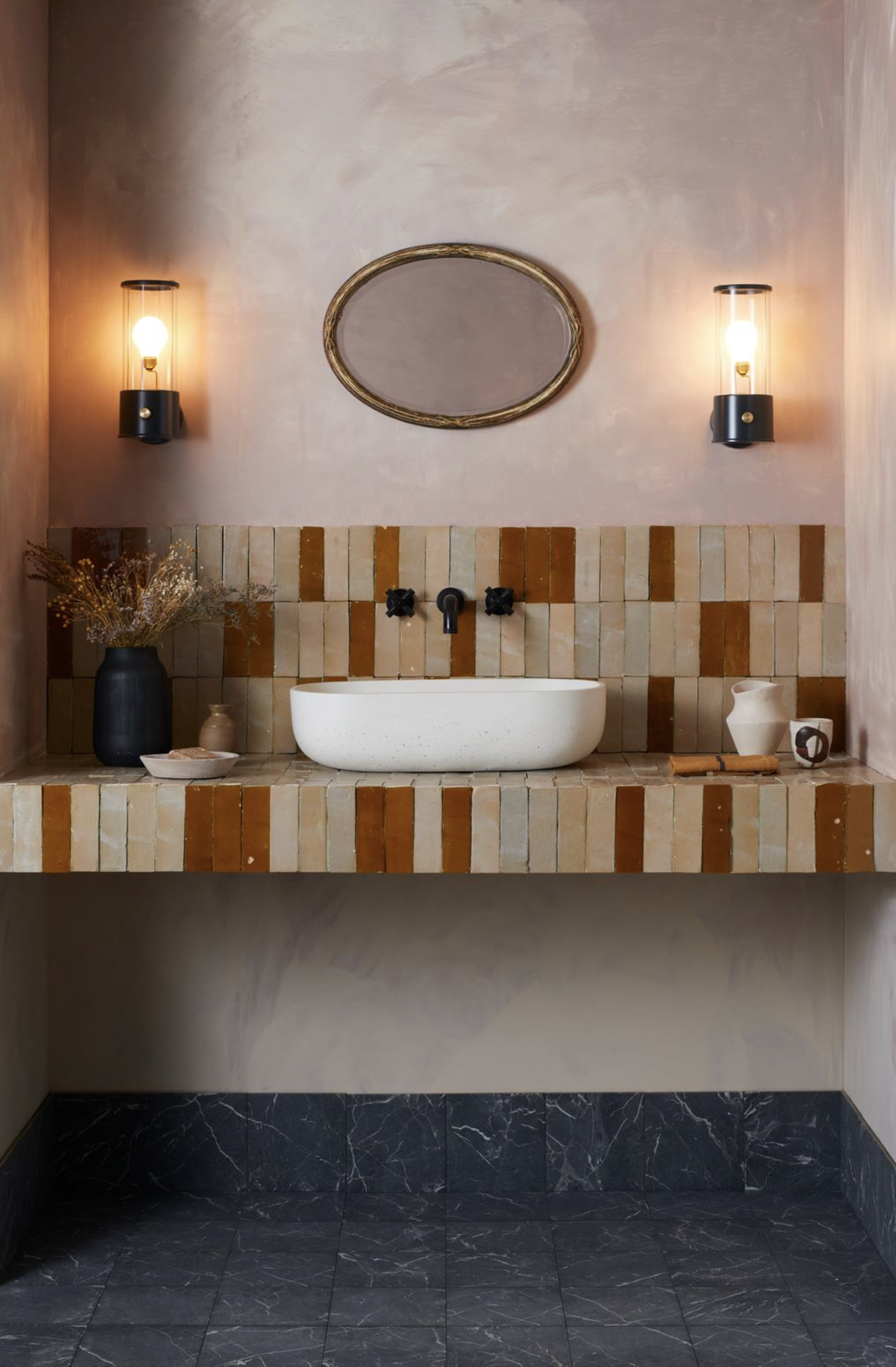
'Choosing a colorful grout can elevate your bathroom design; it highlights particular colors in patterned tiles, creating an unexpected pop of fun, or by using a contrasting color it adds a layer of sophistication and depth,' says Ruth Webber, creative director at Bert & May.
For smaller tiles or uniquely shaped tiles, a contrasting or complementary color helps the pattern stand out. Where the look might not work as well is with large format tiles where a simple look works to create elegance and seamlessness. You also might want to really consider if your grout is likely to get damaged and if so, avoid the grout lines standing out or get rid of them altogether, as per this example using small tiles, by the experts, Bert & May. ‘I tend to opt for colored grout tones on the floor,' says Yousef Mansuri, director of Design at CP Hart, 'and go darker in tone as this will hide any dirt as the surface ages.
What color combinations work for grout and tiling?

Look to color theory and think about complementary shades. Blue and orange will add a touch of drama. Green and pink is another color combination of the moment, creating an eye-catching aesthetic.
'We love a dark grout where the finish adds texture, depth and intrigue, even as it fades and develops. It also hides a multitude of sins, so not only does it look sophisticated – it is extremely practical too,' says Ruth.
‘Whatever color you opt for, make sure it has a link to something else in the bathroom like a colored basin or accessories,’ says Yousef. Metallic grouting is also having a moment and can add a touch of glamour or industrial edge to the bedroom.
Grout ideas to create contrast
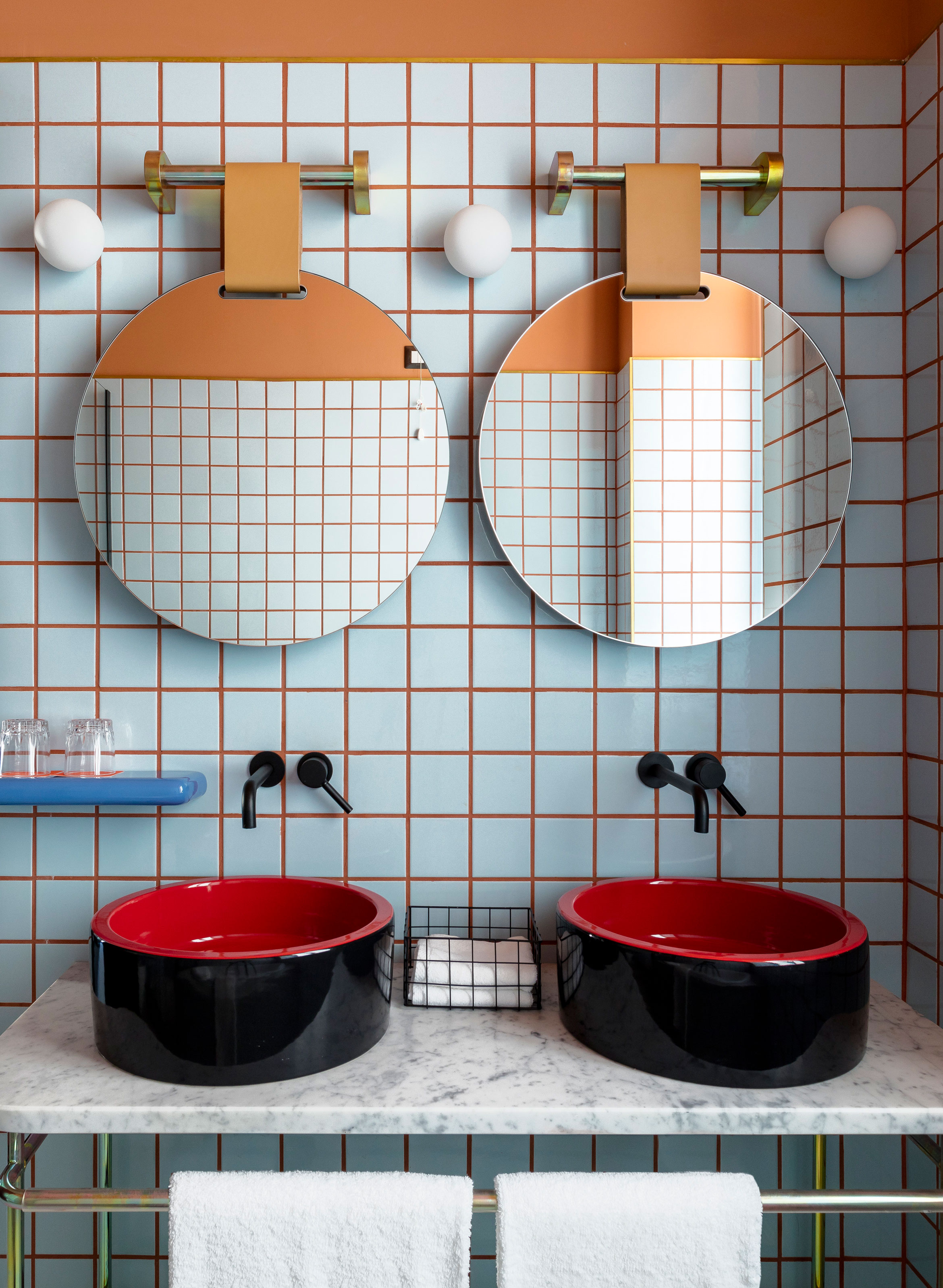
For a modern twist, go for a simple white tile paired with dark grout to encourage definition. ‘A trend that we’re seeing have real momentum is the use of a plain white tile - often brick or metro tile – with dark grout,’ says Barrie of BC Designs. ‘Instantly, it provides a chic finish to your bathroom with a grown-up feel from its monochrome design.’ In this way, the grout becomes the point of interest and the tile fades into the background. However, be careful when pairing dark grouts with light tiles as any imperfections in the surface glaze of the tile can trap darker grout and might spoil the overall look.
Also, think about the types of tile you buy to create the pattern. ‘Metro tiles also don’t have to be laid in a traditional pattern,’ says Barrie. ‘Think about adding in a geometric design, with chevron being one of our favorites, or use your tiles vertically rather than horizontally for something just a little bit different.’
SomerTile crown heights 3"x 6" matte black ceramic wall tile from Amazon
These dark, glazed, slightly textured tiles with a medium sheen will make for a great contrast if used with a light-colored grout.
What size should your grout lines be?

2-3mm is the standard size of grout lines but larger, supersized grout lines might be another clever tool for making your grout pop.
'The trend for the last few years has been for slender grout gaps, emphasizing the beauty of the tiles and keeping the bathroom streamlined and sleek,' says Ruth. 'However, more recently we’ve seen bathrooms where the grouting has been maximalized, and this can be effective too, especially with more rustic tiles.'
Traditionally, the gap size you opt for depends on the type of tile you're using for your project and personal preference. Grout line width depends on whether the tile is rectified or not. You might want a larger grout line for a non-rectified tile to show off the variation in size and character. ‘Very straight machined edges mean you can have a smaller grout line, whereas a handmade glazed tile often with uneven edges, may require a slightly thicker grout,’ says Yousef.
Be The First To Know
The Livingetc newsletters are your inside source for what’s shaping interiors now - and what’s next. Discover trend forecasts, smart style ideas, and curated shopping inspiration that brings design to life. Subscribe today and stay ahead of the curve.

Former content editor at Livingetc.com, Oonagh is an expert at spotting the interior trends that are making waves in the design world. She has written a mix of everything from home tours to news, long-form features to design idea pieces, as well as having frequently been featured in the monthly print magazine. She is the go-to for design advice in the home. Previously, she worked on a London property title, producing long-read interiors features, style pages and conducting interviews with a range of famous faces from the UK interiors scene, from Kit Kemp to Robert Kime. In doing so, she has developed a keen interest in London's historical architecture and the city's distinct tastemakers paving the way in the world of interiors.
-
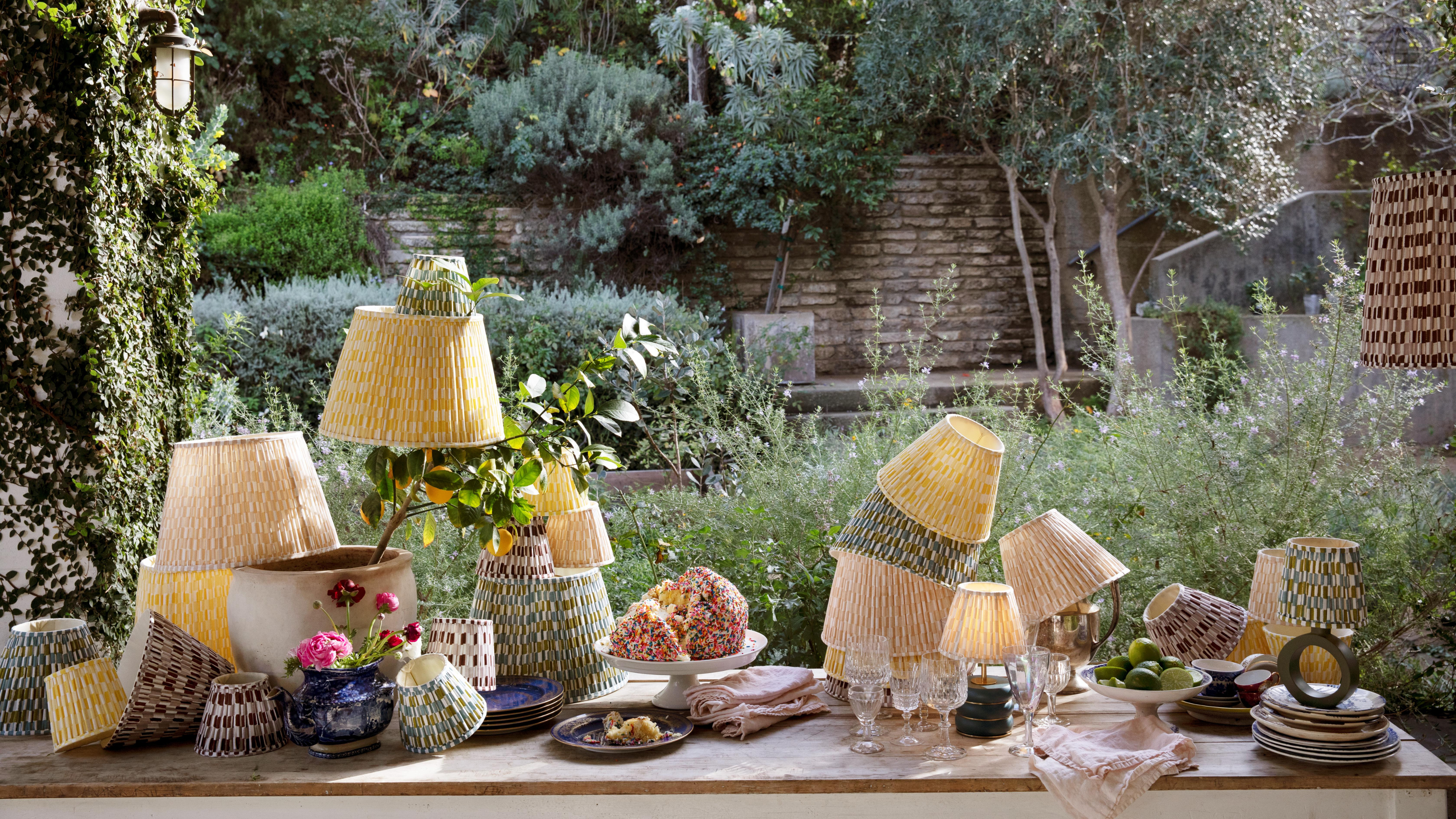 String Lights Are Over — This Outdoor Lighting Collab Is What Comes Next (And Fixes Your Backyard’s Biggest Issue)
String Lights Are Over — This Outdoor Lighting Collab Is What Comes Next (And Fixes Your Backyard’s Biggest Issue)No plugs, no problem. Pooky x The Novogratz makes a compelling case to ditch your string lights for good
-
 The Deep Dive — Why Architect and Designer Alvar Aalto Has a Last Legacy in Design
The Deep Dive — Why Architect and Designer Alvar Aalto Has a Last Legacy in DesignAlvar Aalto remains so significant to Finnish design — from how they approach the seasonal light to inspiring the mediums, designers, and brands that prove important to the country’s buoyant creative scene
